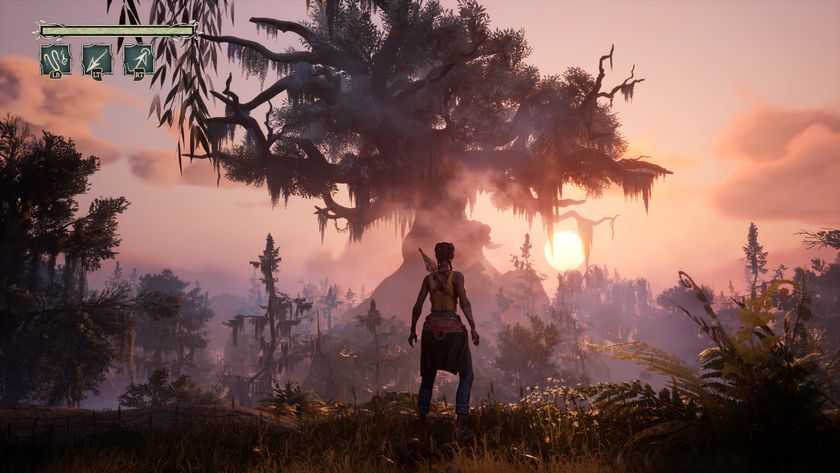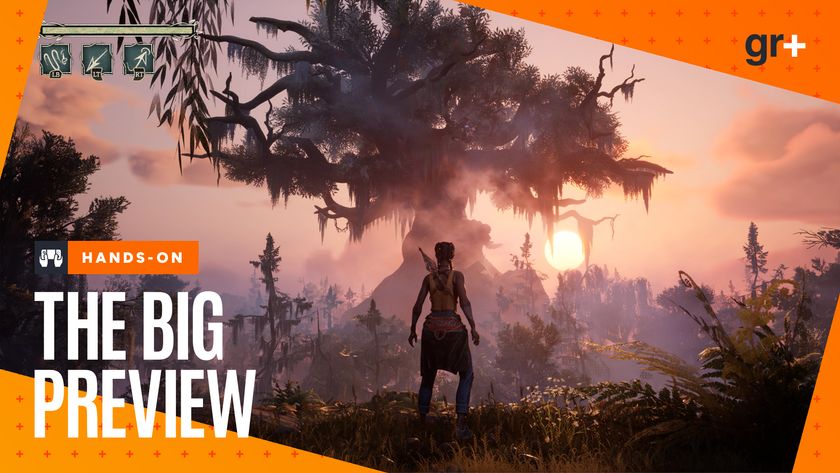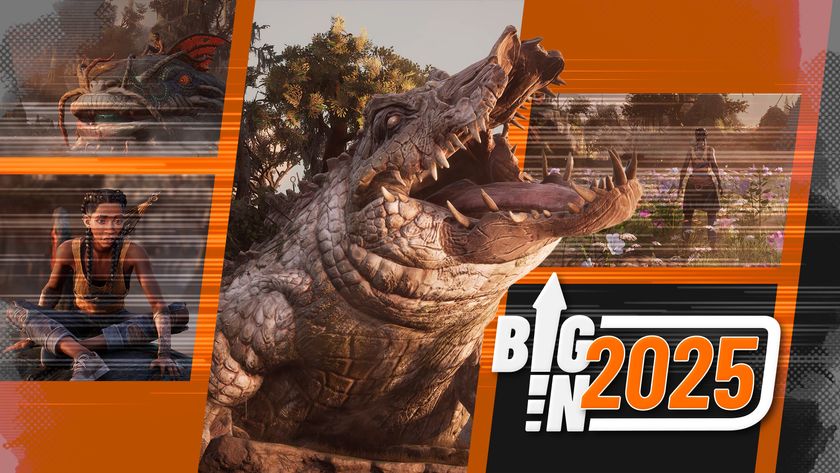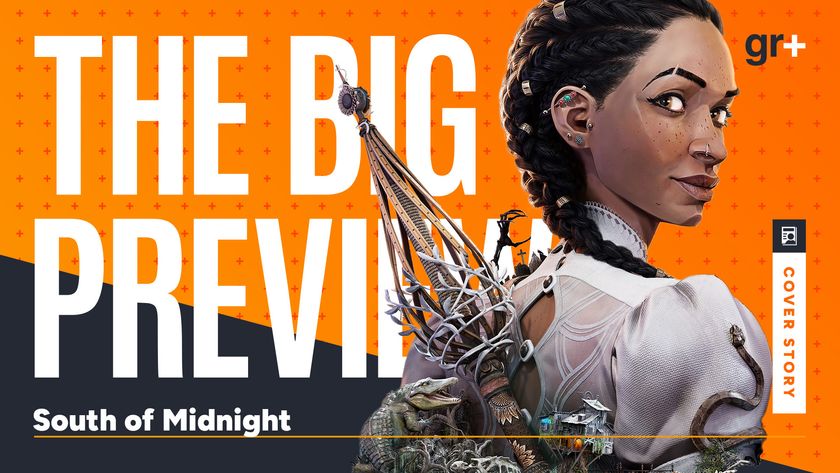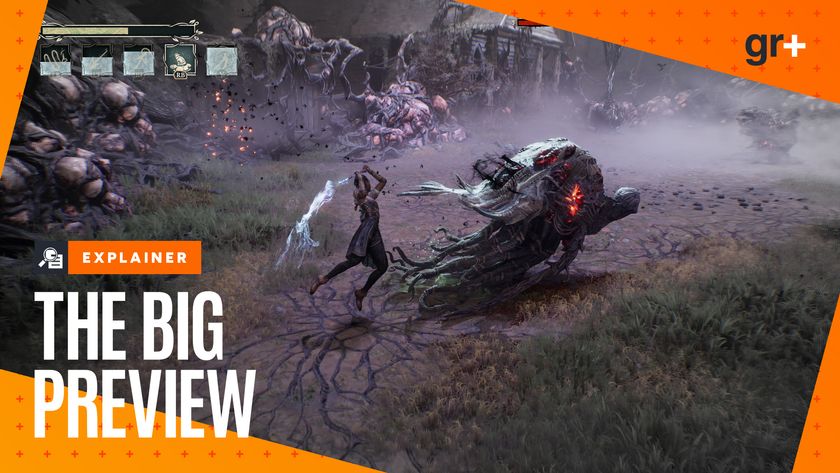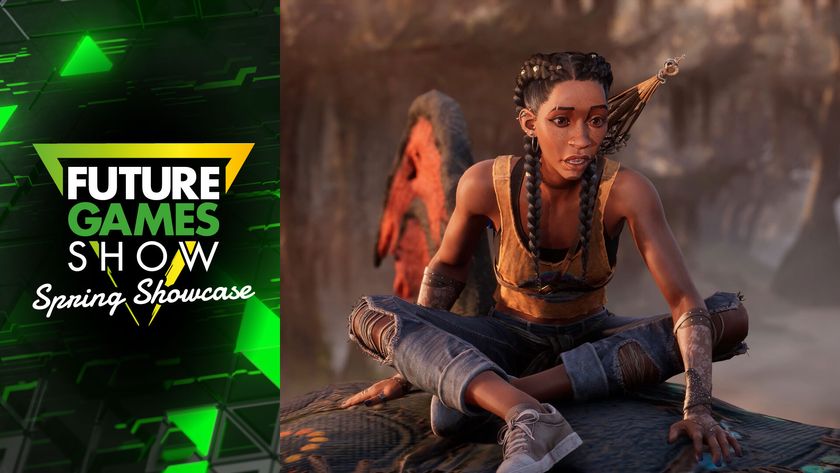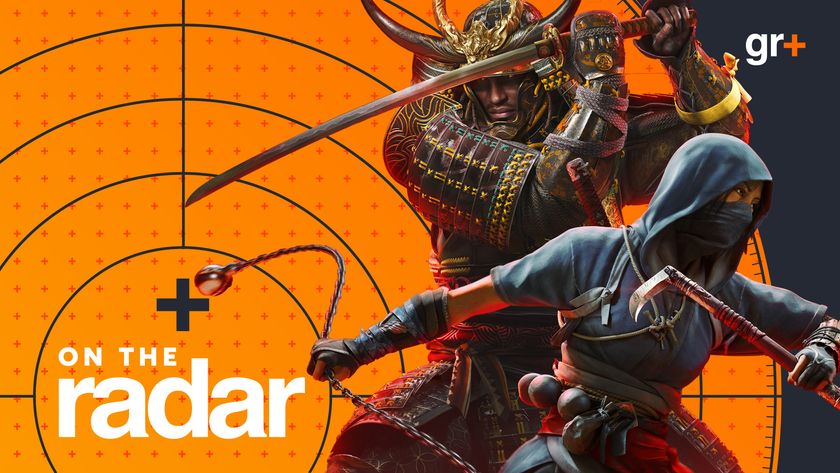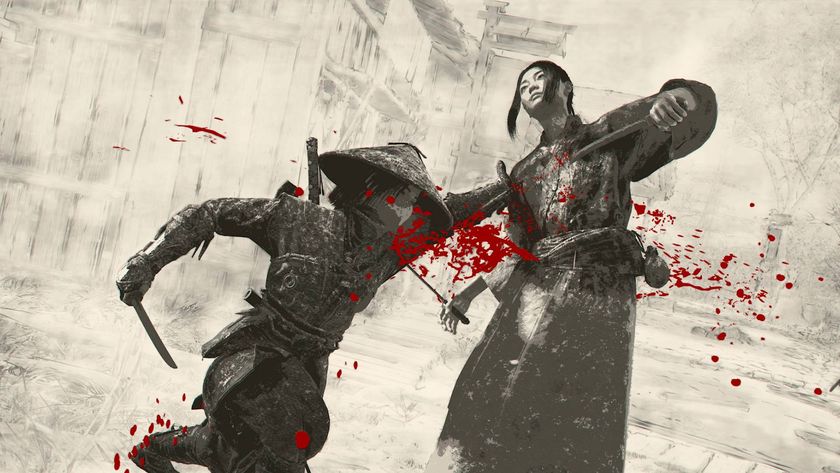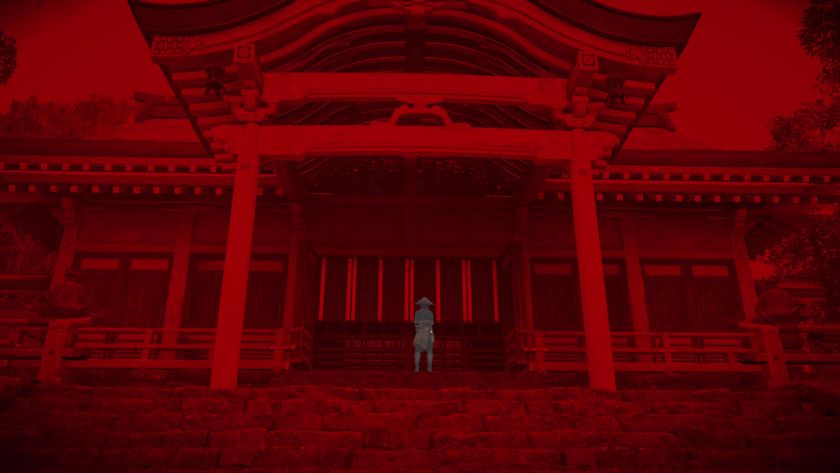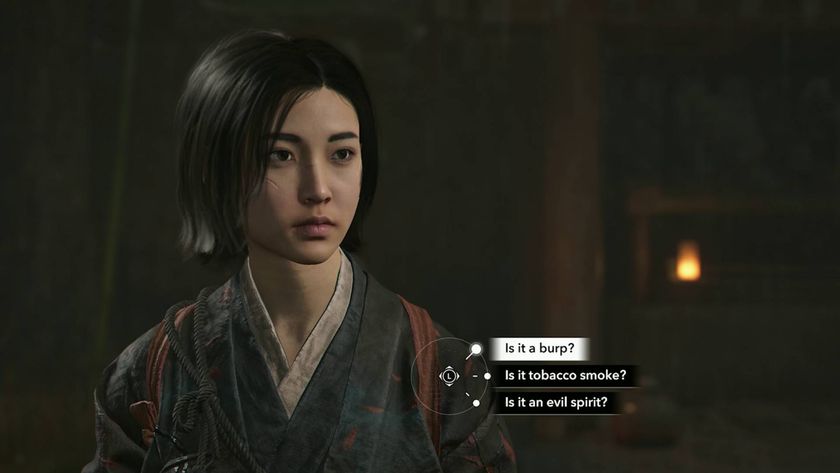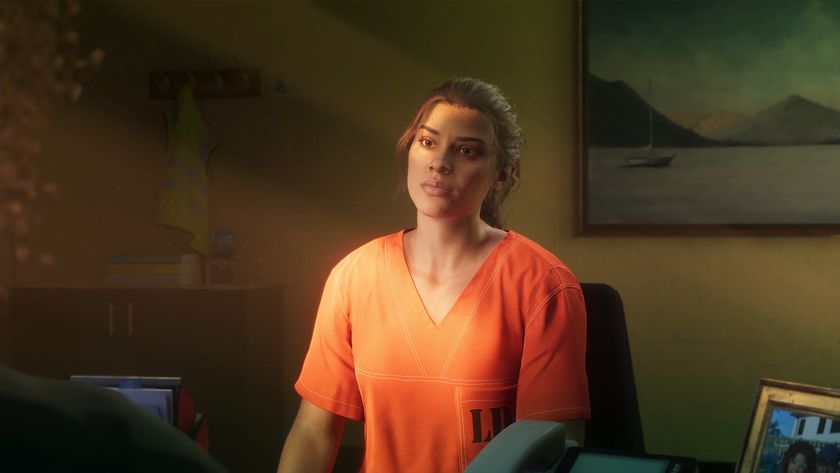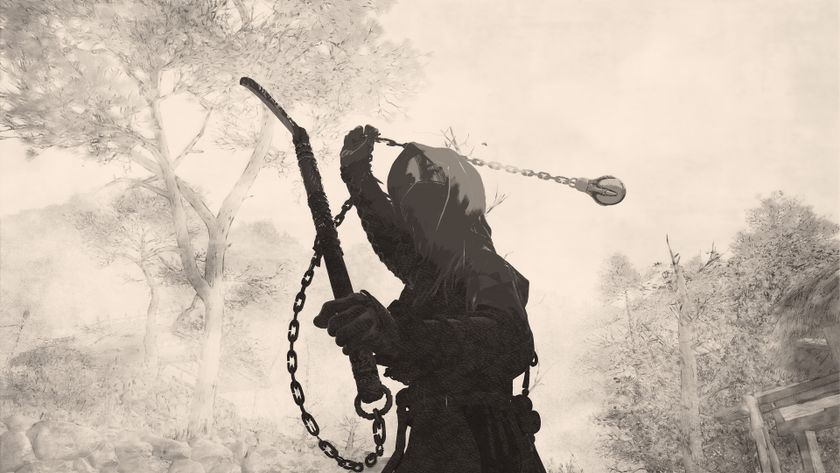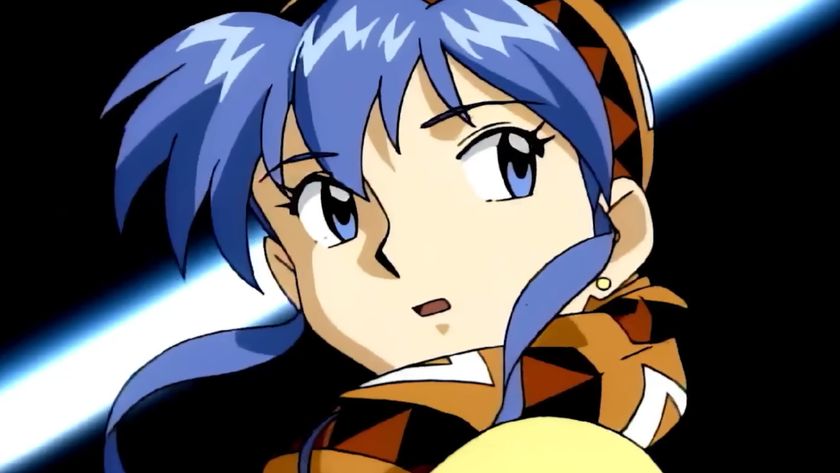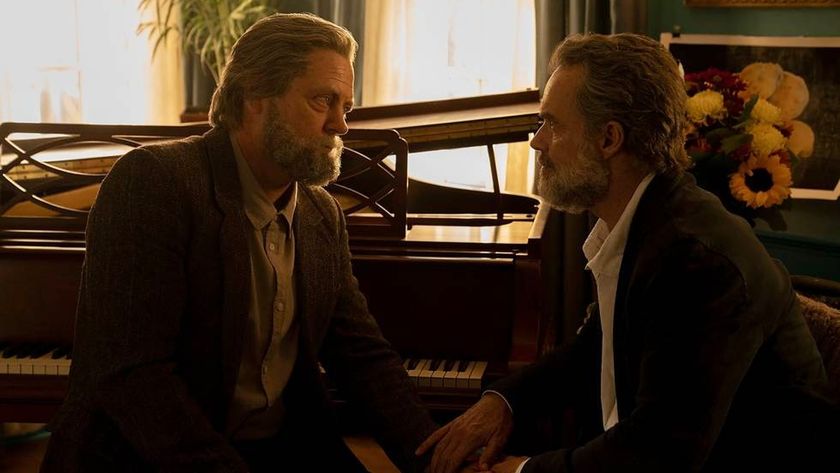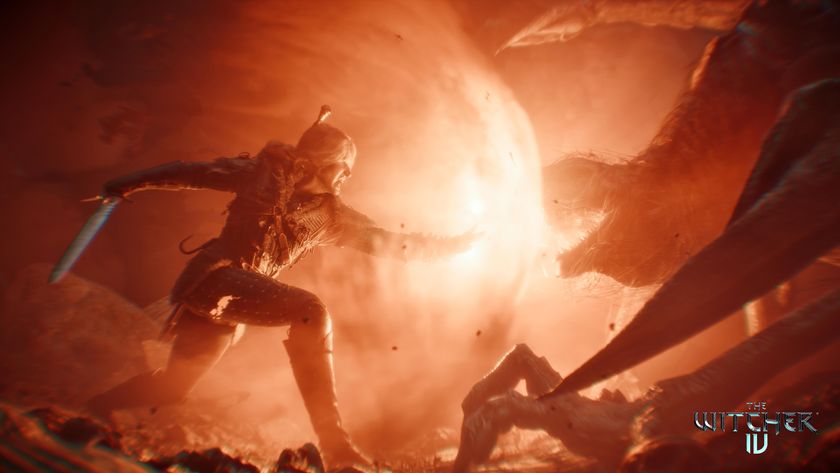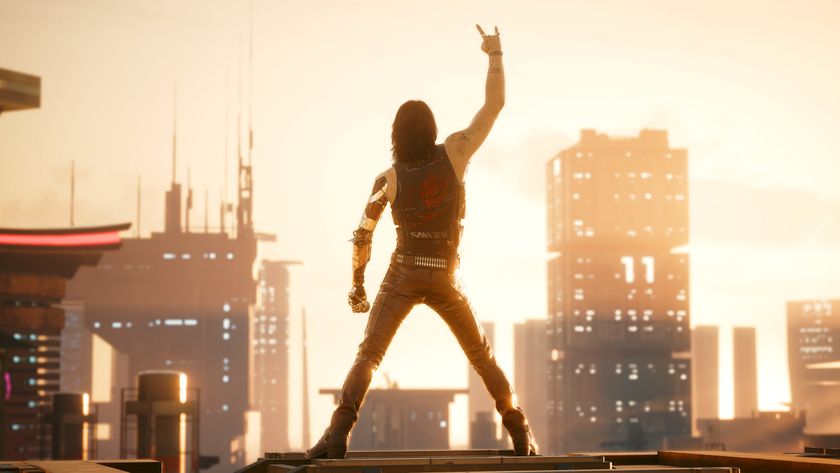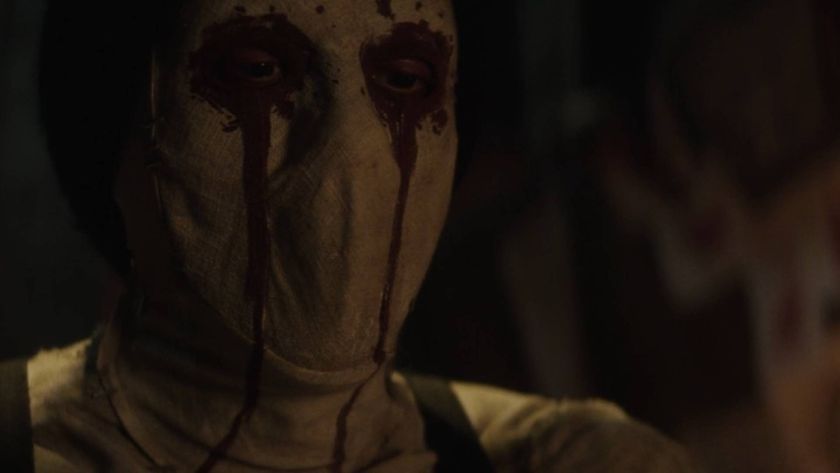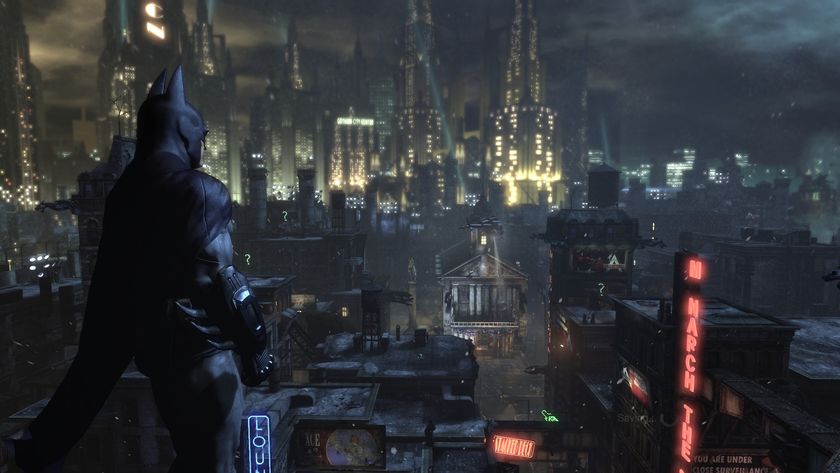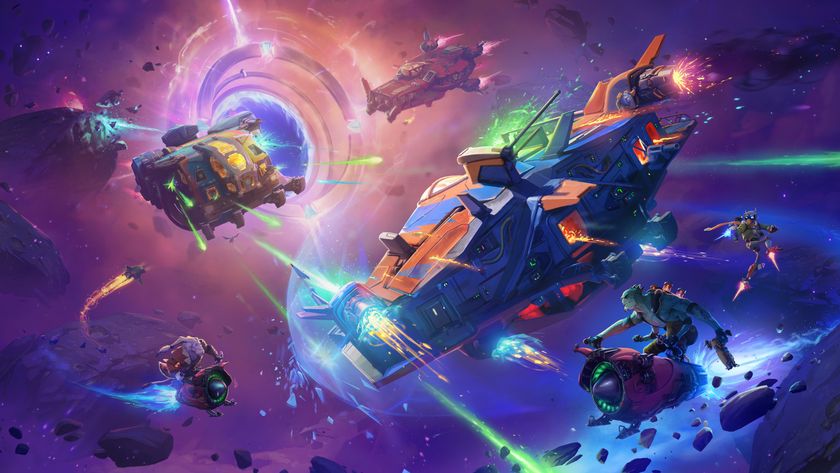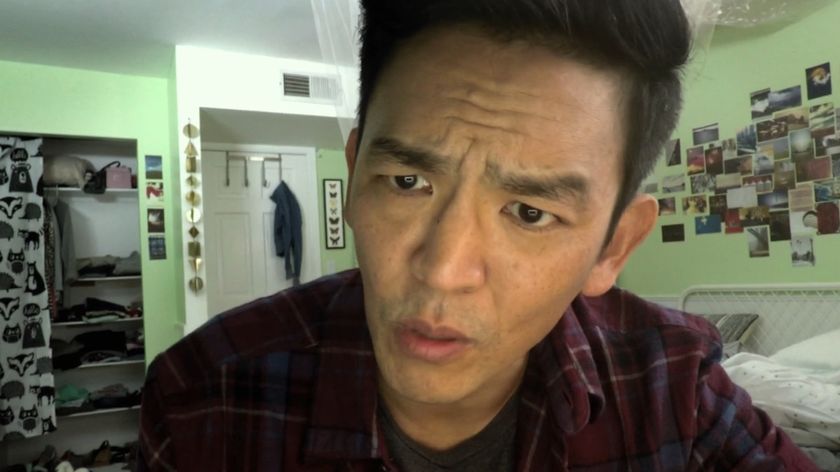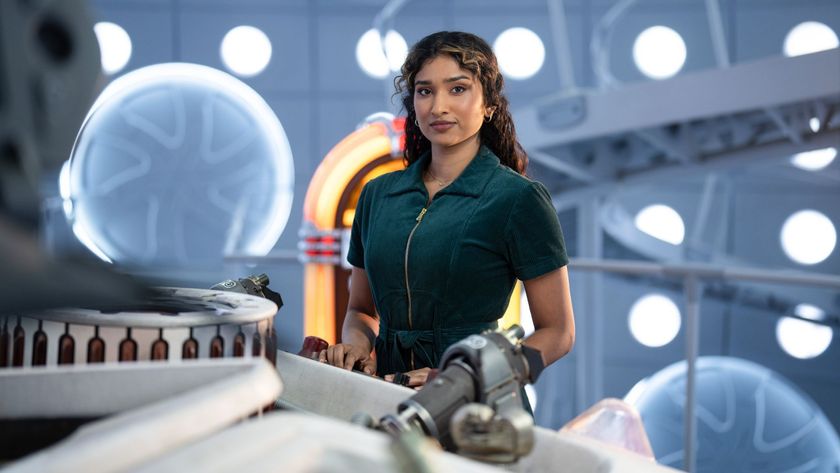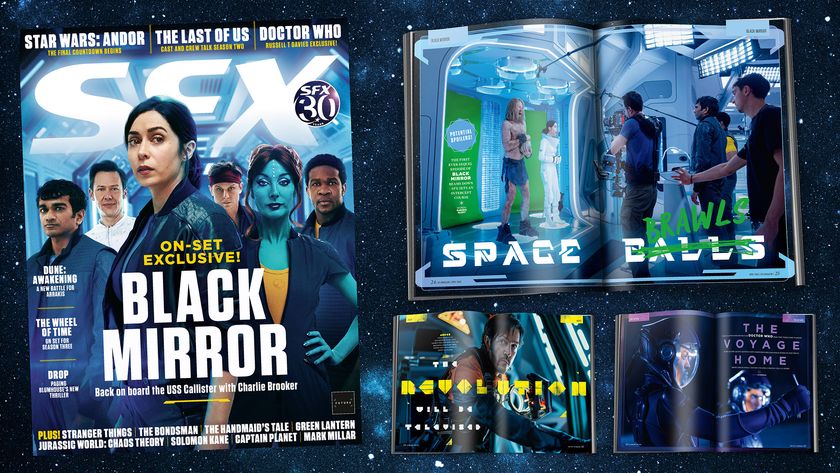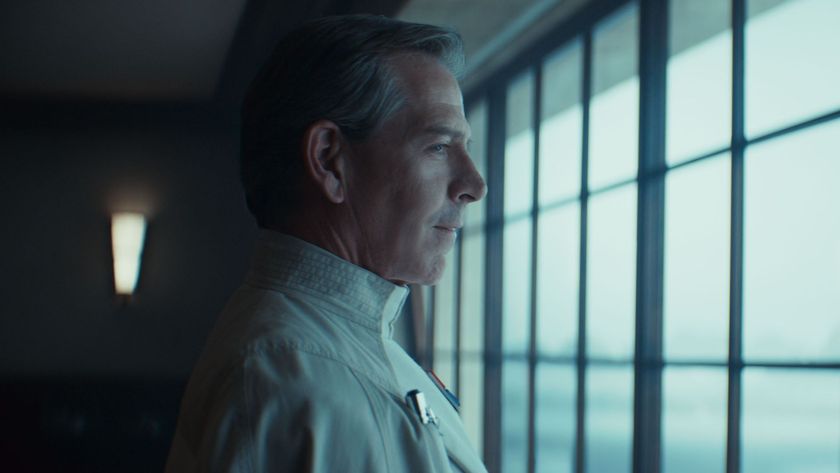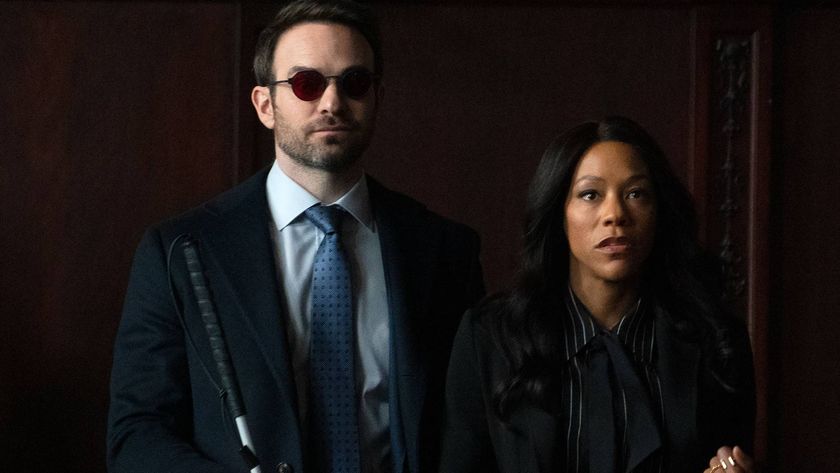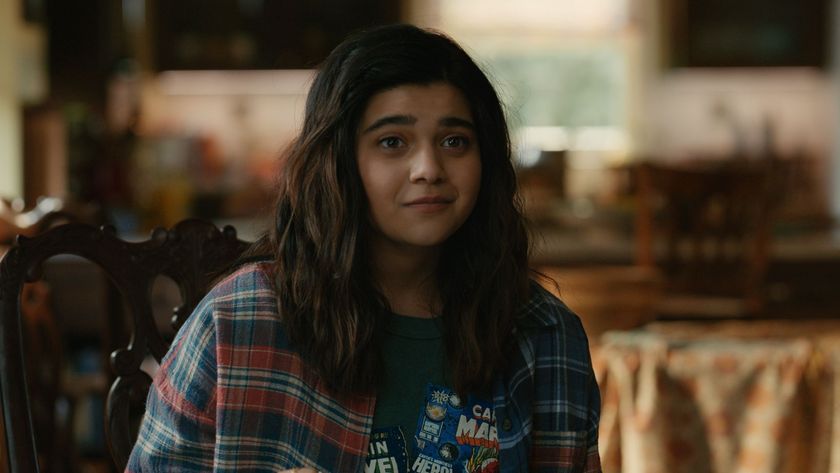Yes, South of Midnight will still run at 60fps despite its stop motion animation: "you're still in this crafted world without making it, you know, too nauseating"
"If we applied that equally everywhere, I think it would be too jarring"
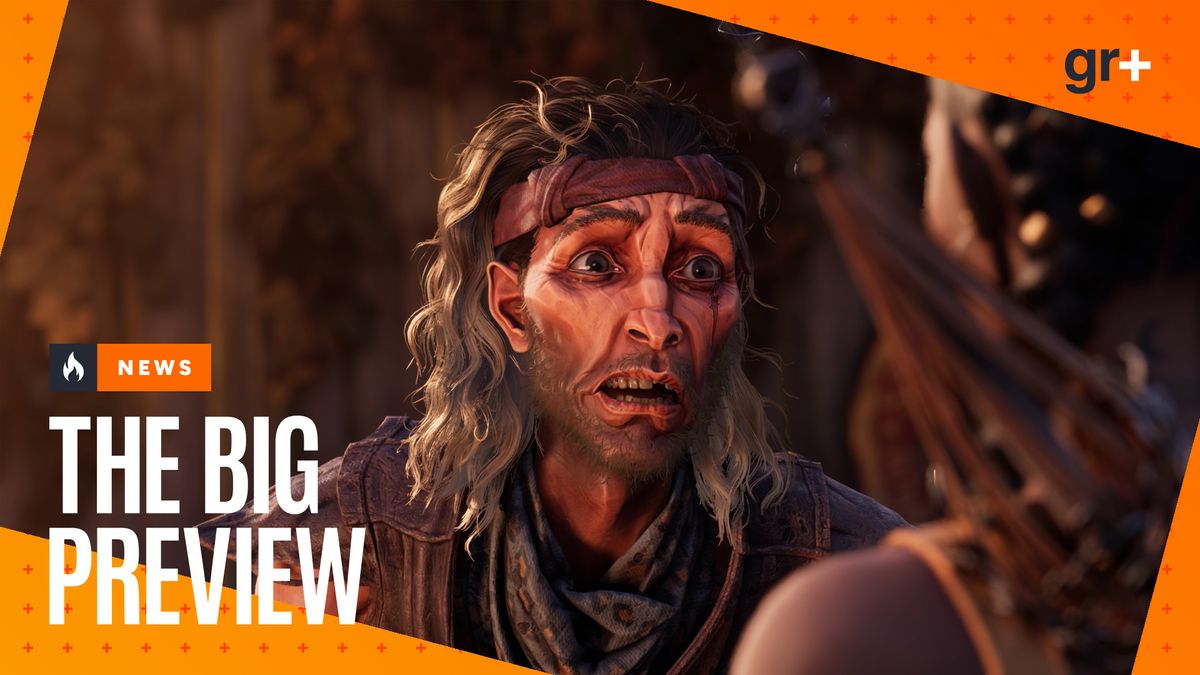
South of Midnight's beautifully rendered digital-handmade world might look like a stop-motion movie, but developer Compulsion Games tells us that the "the gameplay itself is actually at 60fps."
While a stop-motion effect is enabled by default in the upcoming Xbox Series X game, Compulsion knows this element might not be for everyone. "It's a normal framerate," says art director Whitney Clayton of South of Midnight's solid 60 frames-per-second action, with individual character models and environment assets toggled during production to "have different amounts of stop motion treatment."
The goal? "To sell the impression that you're still in this handcrafted world without making it, you know, too nauseating in certain instances" – though accessibility settings can help players tailor the experience further.
As a Southern Gothic action-adventure infused with folkloric myth and legends, a thematic visual style was always a key design pillar propping up South of Midnight – and Compulsion had something specific in mind. "If you tell people, oh, we're making miniatures that feel made by hand, you could get people thinking, 'Oh, is it like Wallace and Gromit or Gumby or something?' And that wasn't the direction we wanted to go," says Clayton. "We found this animation called Madame Tutli Putli [by Clyde Henry Productions], which had this really atmospheric, mature, kind of creepy style to it, and we loved it."

Continue your journey into South of Midnight with our Big Preview. Up next, you can read our South of Midnight hands-on impressions and find more of our interview with the team from Compulsion Games.
When the stop-motion production company (and fellow Canadians) had Compulsion's art team visit their studio in Montreal, Clyde Henry became instrumental in realizing South of Midnight's handcrafted dreams. "On the left was a real maquette and then on the right was our reverse engineered digital 3D model, where we were trying to figure out how to apply rules that made things feel handmade," says Clayton of the learning process. "We applied this to everything in the game – the creatures, the characters, the environments, and the people."
Creating a stop motion effect on the fauna and flora wasn't as easy as simply dropping the framerate in the environment. "You had to have a slightly different treatment for each thing to get that stop motion feeling, which is a combination of animation styles. We used tech art and VFX to emulate the flickering of materials that you would see in a real stop motion, when people's thumb prints are moving on something."
To smooth out gameplay, Clayton outlines protagonist Hazel's movement and combat encounters as two areas where stop motion effects were minimized during production. They have been left more pronounced elsewhere – particularly in the environments. "The foliage does move in a specific way, and certain built-in animals and other elements of the game move more obviously as a stop motion thing," Clayton says. "But if we applied that equally everywhere, I think it would be too jarring."
Sign up to the 12DOVE Newsletter
Weekly digests, tales from the communities you love, and more
Setting the scene
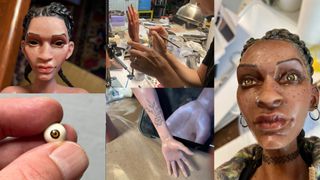
While South of Midnight features a broad range of accessibility settings – including a "boss skip" mode and "combat skip" mode – one area is off limits. The short cinematic intro by Clyde Henry, as seen in the stop motion trailer, can't be turned off. "We needed an intro video, or an intro cinematic, to set the stage," says Clayton. "And we thought, no better treatment for this type of cinematic than doing the real stop motion. And there were no better people to do the stop motion than Clyde Henry – if they happen to be free and available – and we were really lucky that they said yes."
The process to create this single animation took "the better part of a year," posing a hefty new challenge for the animation studio. "Like Whitney explained, her challenge was to take all these assets and try to translate it [to digital] for a handcrafted aesthetic," says Clyde Henry's art director Brigitte Henry. "For us, it was the inverse. We had to take all the CG assets and translate them into handcraft environments." Clyde Henry co-founder Chris calls it their "great challenge, to take them out of the computer and back, literally, into this world of physical, handcrafted puppets."
"And each one of them was a different problem," explains Maciek Szczerbowski, particularly Hazel's puppet. "Every little stroke looks like it could fill up half the cheek. You have to be very careful to make it not look like a Barbie by not doing enough, or to make it look [unrecognizable] if you go too far."
Check out the 50 most anticipated video games of 2025 we can't wait to get our hands on.

Jasmine is a staff writer at 12DOVE. Raised in Hong Kong and having graduated with an English Literature degree from Queen Mary, University of London in 2017, her passion for entertainment writing has taken her from reviewing underground concerts to blogging about the intersection between horror movies and browser games. Having made the career jump from TV broadcast operations to video games journalism during the pandemic, she cut her teeth as a freelance writer with TheGamer, Gamezo, and Tech Radar Gaming before accepting a full-time role here at GamesRadar. Whether Jasmine is researching the latest in gaming litigation for a news piece, writing how-to guides for The Sims 4, or extolling the necessity of a Resident Evil: CODE Veronica remake, you'll probably find her listening to metalcore at the same time.
- Josh WestEditor-in-Chief, 12DOVE
